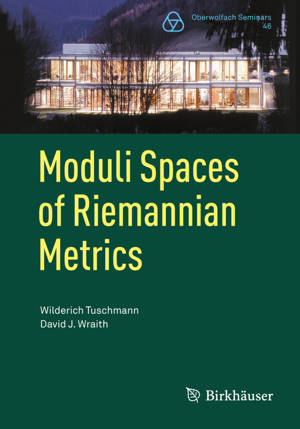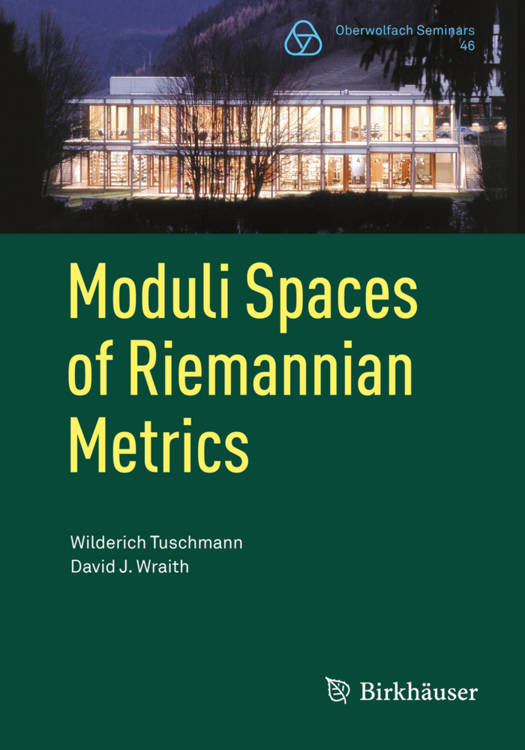
Door een staking bij bpost kan je online bestelling op dit moment iets langer onderweg zijn dan voorzien. Dringend iets nodig? Onze winkels ontvangen jou met open armen!
- Afhalen na 1 uur in een winkel met voorraad
- Gratis thuislevering in België vanaf € 30
- Ruim aanbod met 7 miljoen producten
Door een staking bij bpost kan je online bestelling op dit moment iets langer onderweg zijn dan voorzien. Dringend iets nodig? Onze winkels ontvangen jou met open armen!
- Afhalen na 1 uur in een winkel met voorraad
- Gratis thuislevering in België vanaf € 30
- Ruim aanbod met 7 miljoen producten
Zoeken
Omschrijving
This book studies certain spaces of Riemannian metrics on both compact and non-compact manifolds. These spaces are defined by various sign-based curvature conditions, with special attention paid to positive scalar curvature and non-negative sectional curvature, though we also consider positive Ricci and non-positive sectional curvature. If we form the quotient of such a space of metrics under the action of the diffeomorphism group (or possibly a subgroup) we obtain a moduli space. Understanding the topology of both the original space of metrics and the corresponding moduli space form the central theme of this book. For example, what can be said about the connectedness or the various homotopy groups of such spaces? We explore the major results in the area, but provide sufficient background so that a non-expert with a grounding in Riemannian geometry can access this growing area of research.
Specificaties
Betrokkenen
- Auteur(s):
- Uitgeverij:
Inhoud
- Aantal bladzijden:
- 123
- Taal:
- Engels
- Reeks:
- Reeksnummer:
- nr. 46
Eigenschappen
- Productcode (EAN):
- 9783034809474
- Verschijningsdatum:
- 15/10/2015
- Uitvoering:
- Paperback
- Formaat:
- Trade paperback (VS)
- Afmetingen:
- 170 mm x 244 mm
- Gewicht:
- 226 g

Alleen bij Standaard Boekhandel
+ 52 punten op je klantenkaart van Standaard Boekhandel
Beoordelingen
We publiceren alleen reviews die voldoen aan de voorwaarden voor reviews. Bekijk onze voorwaarden voor reviews.











